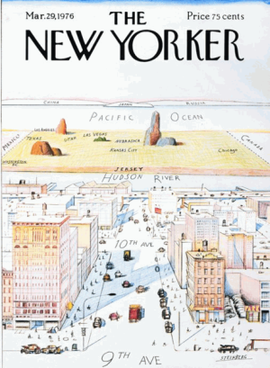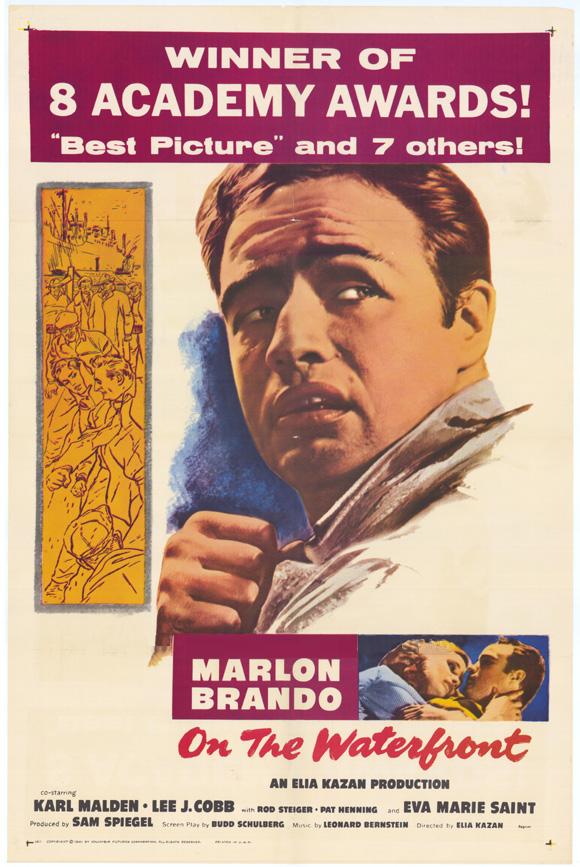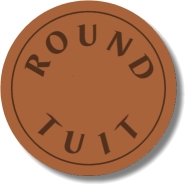Of my storytelling to date, I think this is the one I’m most proud of. But then, it’s about one of the things in my life I’m most proud of.
I made this during a workshop we hosted for faculty at Kenyon. It’s out of the Berkeley Center for Digital Storytelling model. (The workshop was actually coordinated by a trainer from Ohio State’s Digital Storytelling program.) This is a storytelling tradition which focuses on autobiographical narratives, respecting the storyteller’s experience and the “gift of voice” when they tell it themselves. There’s a strong social justice component to telling untold stories, which I think is part of why this particular mode of digital storytelling is appealing to academics (especially those pursuing a service learning pedagogy).
It’s also a very intense process – really a full 40-hour week of work, considering the writing process, the tech training, and the process of recording, finding and layering soundtrack, and image selection, ordering, and import. A tremendous amount of the work is done in writing circles, in which these personal narratives are laid out for the group’s supportive critique. That’s a lot of vulnerability to give, and accept – and honestly, my story didn’t require the kind of exposure which some other storytellers engaged.
This story is based on the diary I kept while on the rebuilding trip, and audioblogs I made at the time. Those audio reports were a particularly exciting composition exercise – every night, imagining myself as David Strathairn as Edward R. Murrow, I sat down and wrote my reflections on the day and the trip, and edited them into a short news-like report for my friends up north. I then posted them to Blogger through a now-defunct service which let me make audio posts through a cell phone call. (These were the pre-smartphone days, kids, at least for me. I was working on a Virgin Mobile pay-as-you-go burner.)
Fortunately, I saved those MP3s before the system went belly-up. I’ve put them on Soundcloud, but marked as private. I haven’t decided whether I want to revive those particular moments yet; as years have passed I’m less impressed with the emotional rawness and quick polish of that work.
 I had a fair amount of trouble with the “truthiness” of the process. Some of the images in that movie are actual shots of the day in question. Some are other shots of our trip, or of New Orleans. Some are CC-licensed shots from Flickr or elsewhere, unrelated to my life at all. I had to wrestle with that. Did I sell out my own story by using a picture of “college students” which is from Madrid, not Gambier? Did I fail to carry the stories of the people of New Orleans when I used pictures of cleaning up a South Asian volcano blast? At the end of the day, I decided that the images help me tell a story which I still believe needs telling, and I made my peace with it. I still grit my jaw every time I look at them, but I’m proud enough of the result to share it with you.
I had a fair amount of trouble with the “truthiness” of the process. Some of the images in that movie are actual shots of the day in question. Some are other shots of our trip, or of New Orleans. Some are CC-licensed shots from Flickr or elsewhere, unrelated to my life at all. I had to wrestle with that. Did I sell out my own story by using a picture of “college students” which is from Madrid, not Gambier? Did I fail to carry the stories of the people of New Orleans when I used pictures of cleaning up a South Asian volcano blast? At the end of the day, I decided that the images help me tell a story which I still believe needs telling, and I made my peace with it. I still grit my jaw every time I look at them, but I’m proud enough of the result to share it with you.
 That’s why it’s in portrait orientation, and a weak attempt at perspective. It’s a personal view of the Internet – not an attempt to reflect what I know about the whole web, but how I think of my place in it. It reflects how I spend my time; it also reflects priorities in the way I use the Internet. (And of course, it reflects the way I wish to portray those things.) It’s also, really, a map of the Web, not the Internet. Notice that there’s no App Store, that I think of “email” as “the web” and not a separate thing anymore, that there’s no Netflix or Amazon Prime (which I watch through my Roku and TV, rarely my laptop or phone), that I don’t even think about protocols other that HTTP anymore.
That’s why it’s in portrait orientation, and a weak attempt at perspective. It’s a personal view of the Internet – not an attempt to reflect what I know about the whole web, but how I think of my place in it. It reflects how I spend my time; it also reflects priorities in the way I use the Internet. (And of course, it reflects the way I wish to portray those things.) It’s also, really, a map of the Web, not the Internet. Notice that there’s no App Store, that I think of “email” as “the web” and not a separate thing anymore, that there’s no Netflix or Amazon Prime (which I watch through my Roku and TV, rarely my laptop or phone), that I don’t even think about protocols other that HTTP anymore.
 This was a fun one to make. I knew I needed the shot to include Ziggy’s orange leather coat; fortunately Google returned a high-quality image. The red text seems to fit the image’s color scheme. I picked an italics serif font in an attempt to echo the poster for On the Waterfront; it’s not really successful at that but I think it does evoke some of the helplessness of the 3 characters, at least compared to the block font you get on most memes. (GIMP could give a better font browser – I couldn’t really tell if I had a script font available to me, and I wasn’t prepared to hunt for long.) I did like working with GIMP for positioning and resizing the text block; that was pretty easy.
This was a fun one to make. I knew I needed the shot to include Ziggy’s orange leather coat; fortunately Google returned a high-quality image. The red text seems to fit the image’s color scheme. I picked an italics serif font in an attempt to echo the poster for On the Waterfront; it’s not really successful at that but I think it does evoke some of the helplessness of the 3 characters, at least compared to the block font you get on most memes. (GIMP could give a better font browser – I couldn’t really tell if I had a script font available to me, and I wasn’t prepared to hunt for long.) I did like working with GIMP for positioning and resizing the text block; that was pretty easy.





 So the idea was fresh in my mind, when it happened that I walked past a Hot Topic, with a Game of Thrones display in the window. Now the truth is I’m not a GoT fan – haven’t read the books, don’t have HBO, just haven’t gotten into it. But something about the bird and the swords and the Season 4 slogan struck me.
So the idea was fresh in my mind, when it happened that I walked past a Hot Topic, with a Game of Thrones display in the window. Now the truth is I’m not a GoT fan – haven’t read the books, don’t have HBO, just haven’t gotten into it. But something about the bird and the swords and the Season 4 slogan struck me.